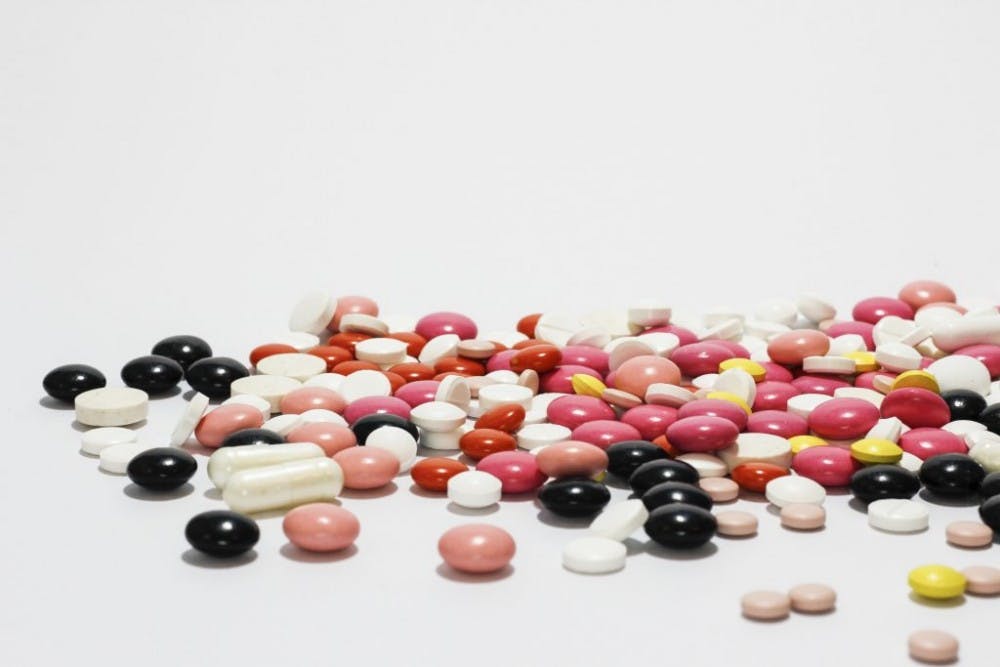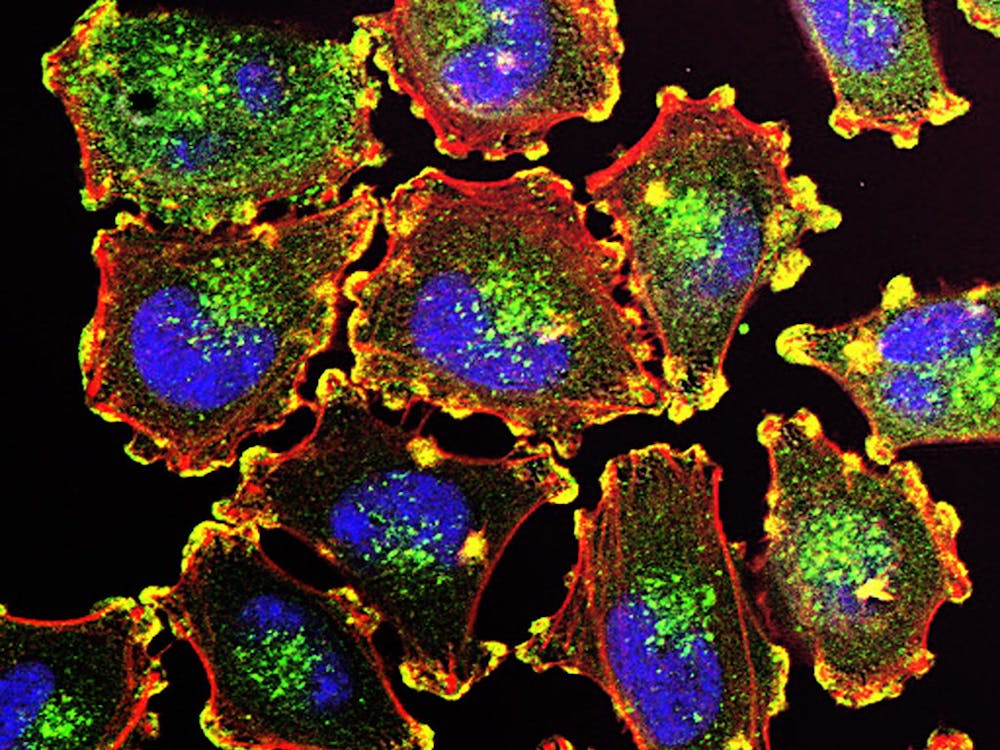Your mom places a cockroach-sized pill on the table and tells you to swallow it. You take a deep breath, take a large gulp of water and pop it into your mouth. But no matter what you do, you can’t seem to send the medicine down. Sometimes, it doesn’t even make it past the back of your tongue. Other times, it gets stuck in your throat and causes you to gag.
Pharmaceutical sciences professor at South Dakota State University Om Perumal has found what he thinks is the solution for this swallowing problem. Perumal is also the co-founder and Chief Scientific Officer at Transzderm Solutions, a product research and development company that focuses on using plant-based systems in the cosmetic and pharmaceutical markets.
Perumal is also using a corn protein-based drug delivery method to help children take medicine more easily. Instead of having to swallow a pill, Perumal creates oral suspension or chewable forms of medicine.
“Dissolving a drug that is not water soluble can result in a thick, uninviting suspension,” Perumal said, in a press release. “Using an excipient, such as high amounts of alcohol, to dissolve the drug is out of the question for young children.”
Instead, Perumal uses zein, a protein found in dried distillers grain, to coat medicines. The zein nanoparticles are about 500 times smaller than the diameter of a piece of human hair. Not only do the nanoparticles protect the drug, an additional layer of milk protein masks the taste of a drug and makes it easier to take.
“Our core technology is the same, but we’ve refined it and are finding new ways to utilize it,” Perumal said in a press release.
Perumal is starting with target medications antiretrovirals and a drug that is used to treat neuroblastoma, a cancer that affects children up to 10 years old.
Perumal said that targeting antiretrovirals is important because children who are HIV positive have to take these medications for a lifetime. On the other hand, the cancer drug is important because there is not a pediatric drug formula currently available.
Other forms of milk proteins like casein, lactoferrin and lactoglobulin may also be used in this drug-delivery system, according to Perumal.
One concern, however, is that the drug should not be released in the food matrix and instead should be absorbed in the intestinal tract.
Perumal is currently doing further research to test the drugs in the human body, using simulated gastric and intestinal fluid.
In 2002, the federal government passed the Best Pharmaceutical for Children’s Act to provide companies like Transzderm opportunities to do research and develop drugs made specifically for children.
“Drugs behave differently in children than adults,” Perumal said. “We are developing formulas customized for children that are safe and can be flexible based on the age of the patient.”























Please note All comments are eligible for publication in The News-Letter.